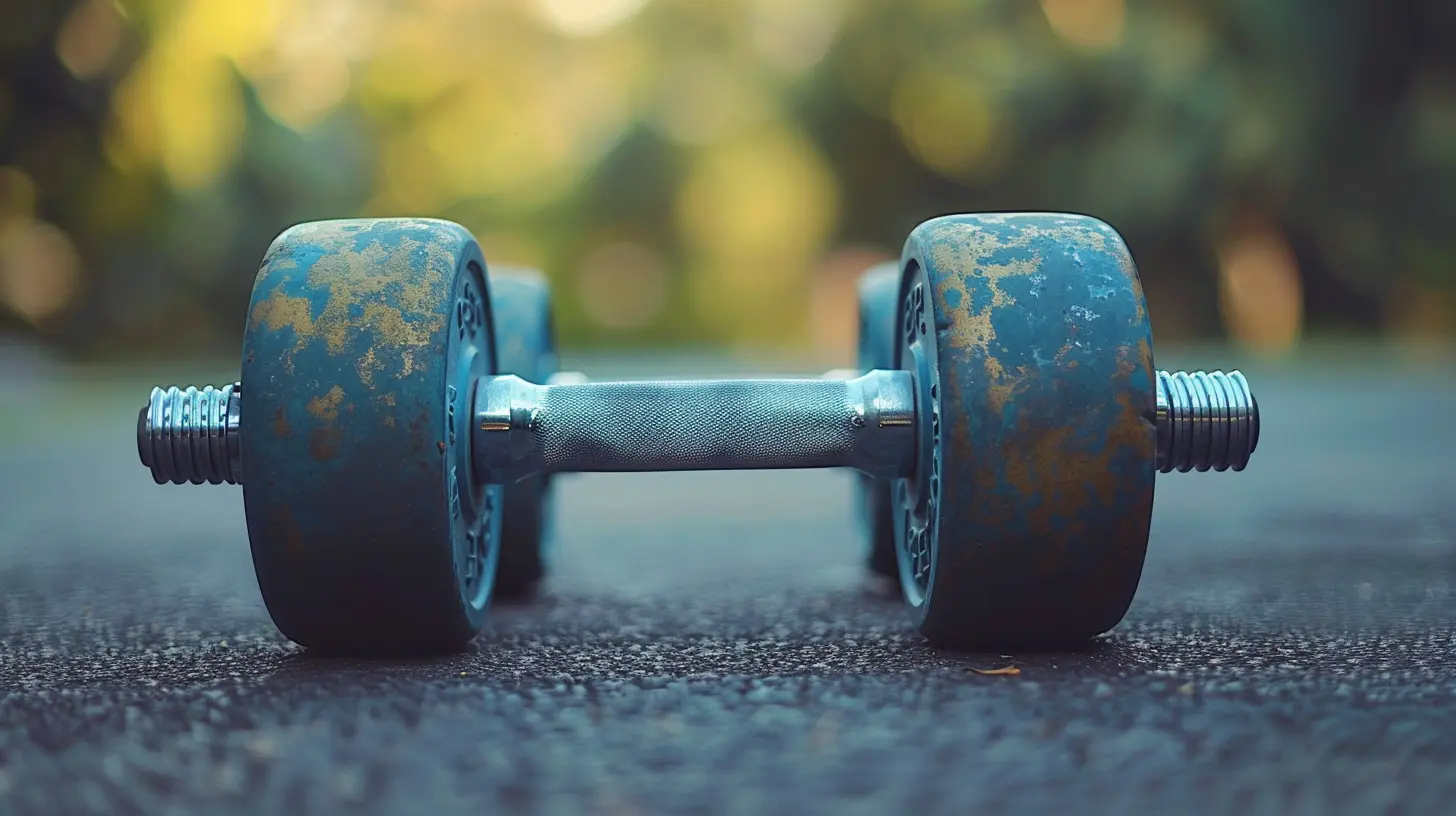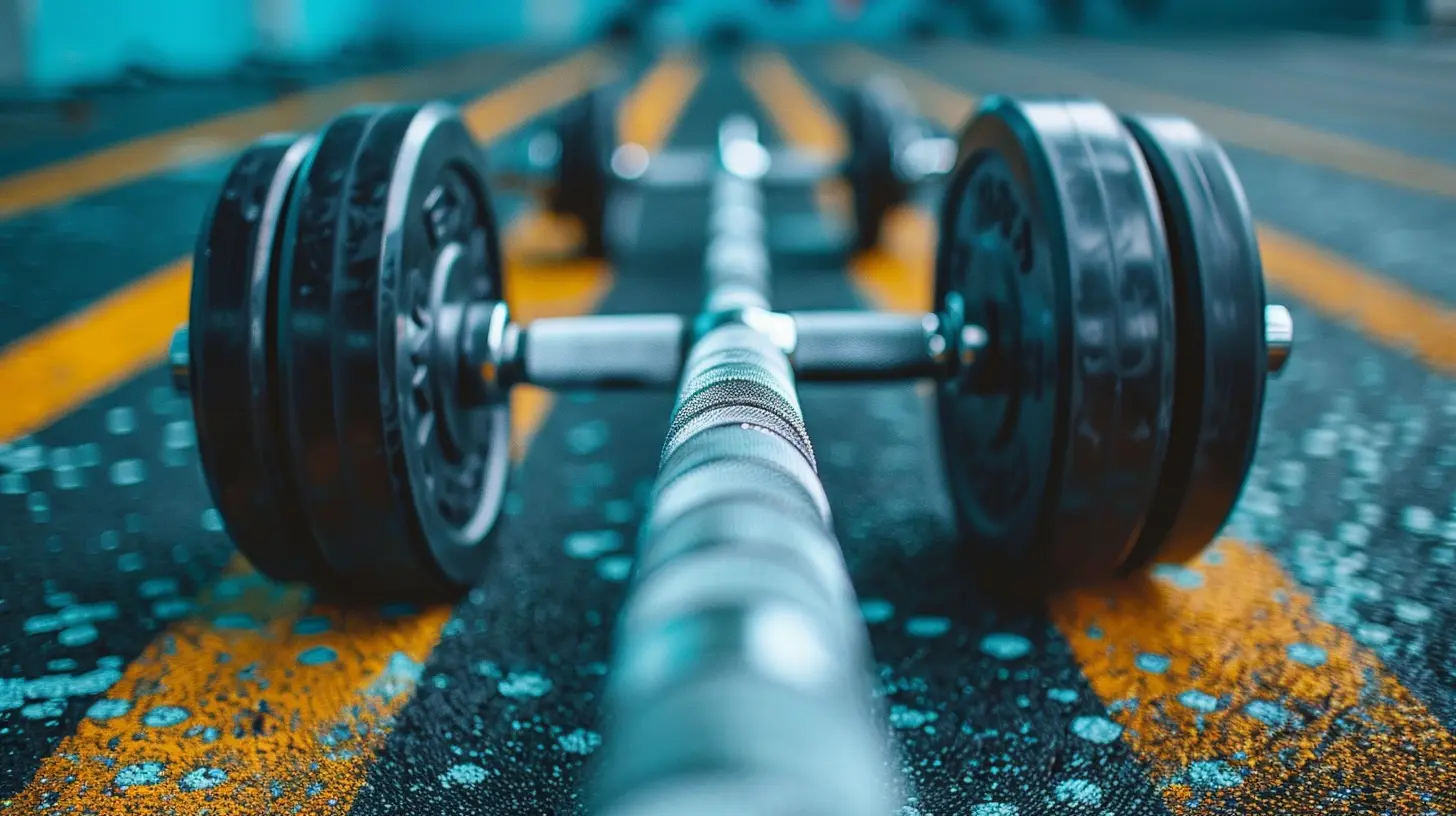The Importance of Rest Days in Your Fitness Plan
26 September 2025
When it comes to fitness, we often hear the phrase “no pain, no gain.” While pushing your limits is essential for progress, there’s another equally important factor that many overlook—rest days.
If you think skipping rest days will get you stronger or help you achieve your goals faster, think again. Giving yourself time to recover is just as crucial as the workouts themselves. Whether you’re into weightlifting, running, or yoga, incorporating rest days into your routine can make a world of difference.
So, why are rest days so important? Let’s break it down. 
What Are Rest Days?
Rest days are exactly what they sound like—days when you take a break from intense exercise. But that doesn’t mean lying on the couch all day (unless that’s what your body truly needs). Rest days can be completely passive (doing nothing) or active (engaging in light activities like walking, stretching, or yoga).These breaks give your body the chance to repair, rebuild, and come back stronger. Without them, you risk overtraining, burnout, and even injury. 
Why Are Rest Days Important?
Skipping rest days might seem like the best way to get ahead in your fitness journey, but the reality is quite the opposite. Let’s dive into some key reasons why rest days are a non-negotiable part of any workout plan.1. Muscle Recovery and Growth
When you work out, especially during strength training, you’re creating tiny tears in your muscle fibers. It’s during rest—not during exercise—that your body repairs these microtears, making your muscles stronger and bigger.Without sufficient rest, your muscles don’t have time to heal properly, which can lead to fatigue, weakness, and even muscle loss. Over time, this can hinder your progress rather than enhance it.
2. Injury Prevention
Overuse injuries are real. Repetitive movements without adequate recovery can put too much strain on your muscles, joints, and tendons.Without proper rest, you’re at risk for common issues like:
- Tendonitis (inflammation of tendons)
- Stress fractures
- Muscle strains and sprains
Taking a rest day allows your body to recover before small discomforts turn into serious injuries that could sideline you for weeks or even months.
3. Prevents Workout Burnout
Ever feel like you’re dragging yourself to the gym without any motivation? That might be a sign of overtraining syndrome.Symptoms of workout burnout include:
- Persistent fatigue
- Irritability and mood swings
- Difficulty sleeping
- Lack of motivation to work out
When you constantly push your limits without rest, not only does your body suffer, but your mental health takes a hit too. Rest days help recharge both your body and mind, keeping you motivated for the long haul.
4. Supports a Stronger Immune System
Believe it or not, too much exercise can weaken your immune system. Intense physical activity creates stress on the body, and without enough time to recover, your immune defenses can take a hit.If you’re frequently getting sick or feeling run down, it might be a sign that your body is begging for more rest. Scheduling rest days keeps your immune system functioning optimally so you can stay healthy and active.
5. Improves Overall Performance
Think about it—if you’re constantly fatigued, can you really give your workouts 100%? Probably not.Rest days allow your muscles, energy systems, and nervous system to fully recover, meaning when you hit the gym again, you’re fresh, energized, and ready to perform at your best.
Athletes and professional trainers prioritize recovery because they understand that peak performance depends on rest just as much as training. 
How Often Should You Take Rest Days?
The number of rest days you need depends on factors like your fitness level, workout intensity, and personal goals. But here’s a general guideline:- Beginners – 2-3 rest days per week
- Intermediate/Advanced – 1-2 rest days per week
- High-Intensity Training (e.g., weightlifting, HIIT) – At least one full rest day and additional active recovery days
Listen to your body. If you’re feeling unusually sore, fatigued, or sluggish, it might be time to schedule an extra rest day. 
Active Rest vs. Complete Rest: Which One is Better?
Not all rest days are created equal. Some people prefer to completely unplug from exercise, while others engage in low-intensity activities known as active recovery.Complete Rest Days
These are days when you do absolutely nothing strenuous—no workouts, no cardio, just total relaxation.Best for:
✅ When you're extremely sore or fatigued
✅ If you've had an intense training week
✅ When you're feeling mentally drained
Active Recovery Days
Active rest means engaging in light, low-impact activities that promote circulation and muscle recovery without straining your body.Examples include:
- Walking
- Yoga or stretching
- Light swimming
- Casual cycling
Best for:
✅ Keeping your body moving without overexertion
✅ Reducing muscle stiffness
✅ Boosting blood flow for faster recovery
Both types of rest have their place, so the key is to balance them based on your body’s needs.
Signs You Need a Rest Day
Still unsure if you need a break? Your body sends signals when it’s time to rest. Watch out for these signs:🔥 Persistent Soreness – If your muscles feel sore for more than a few days, you might be overdoing it.
😴 Chronic Fatigue – Feeling drained, sluggish, or unusually tired even with enough sleep? Rest up!
😠 Irritability & Mood Swings – Overtraining can mess with your hormones, leading to mood changes.
📉 Decreased Performance – If workouts feel harder than usual or your strength is dipping, recovery is needed.
🤕 Aches & Pains – Random joint aches or discomfort? Time to back off before it turns into an injury.
Ignoring these warning signs can lead to burnout and setbacks, so pay attention and rest when needed.
How to Make the Most of Your Rest Days
Rest days don’t mean neglecting your body; they’re an opportunity to support recovery in other ways. Here’s how to maximize your rest days:- Prioritize Sleep – Aim for 7-9 hours of quality sleep for muscle recovery.
- Stay Hydrated – Water plays a big role in muscle repair and nutrient delivery.
- Eat Nutritious Foods – Fuel your recovery with protein, healthy fats, and complex carbs.
- Stretch & Foam Roll – Helps release tension and improve flexibility.
- Relax & De-Stress – Read, meditate, or enjoy hobbies to recharge mentally.
A well-planned rest day sets you up for better performance on your next workout day!
Final Thoughts
Rest days are not for the weak—they’re a crucial part of a smart fitness plan. Your muscles grow when you rest, not when you train. Skipping rest days won’t fast-track your progress; instead, it can lead to exhaustion, injury, and slower results.So, the next time you feel guilty about taking a rest day, remind yourself that it’s actually making you better, stronger, and more resilient. Work hard, rest well, and watch your fitness soar!
all images in this post were generated using AI tools
Category:
ExerciseAuthor:

Sophia Wyatt
Discussion
rate this article
1 comments
Esme Smith
Great article! Rest days are crucial for recovery and muscle growth. Listening to your body and incorporating regular downtime can enhance performance and prevent burnout. Balance is key to long-term success!
October 3, 2025 at 2:28 PM

Sophia Wyatt
Thank you! I completely agree—rest days are essential for recovery and optimal performance. Balance truly is vital for sustainable progress!


